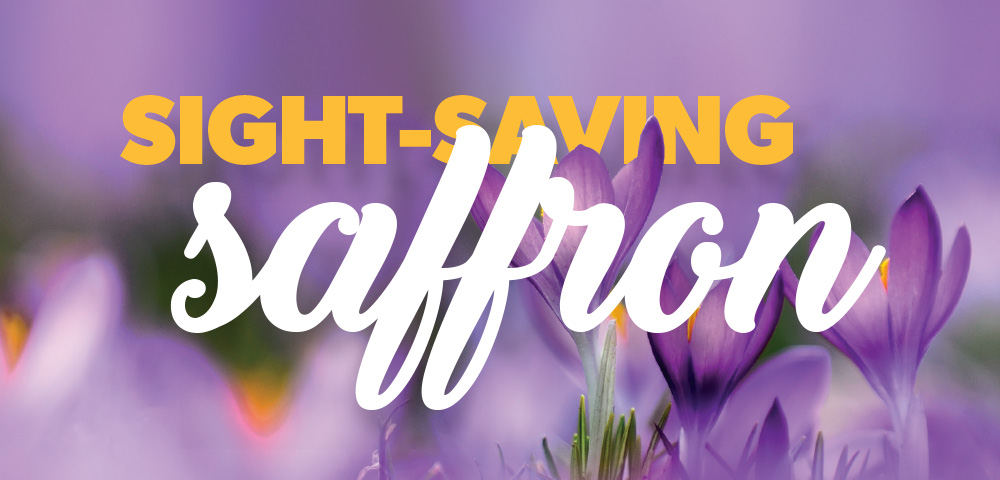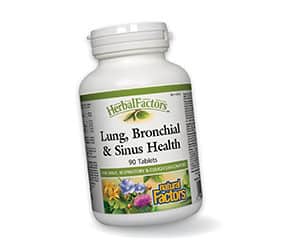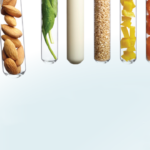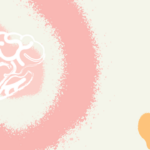
Could seven tiny crocus flowers hold the power to save your eyesight in old age?
These cheery autumn-blooming surprises, usually purple or white, produce three long, red stamens. We call the stamens saffron, the world’s most expensive spice when dried. Recent studies in Australia and Italy have shown that adding about 20 strands of saffron to your recipes, or about seven flowers’ worth, can help prevent sight-stealing macular degeneration. To be clear, we’re talking about the crocus species, not the similar fall-bloomer colchicum, which is different and poisonous.
How does saffron combat eye disease?
GreenMedInfo.com reports that the antioxidant qualities of saffron seem to counteract the effects of aging, illness, and intense light exposure on our central vision. By increasing oxygen availability in eye cells, saffron appears to fight or forestall the death of photoreceptors, keeping vision clear for reading, driving, recognizing faces, and seeing colours accurately.
To get the best from saffron in your kitchen, soak a pinch of threads in hot water before adding them to dishes such as risottos, seafood soups, or beef stews. They add colour, flavour, and tremendous health benefits. Of course, cooking with saffron does require a significant investment, especially if you’re buying the best form for vision preservation, the threads themselves. A small box of highest-quality threads can cost over $80 an ounce, but it can last years if stored away from light.
Of course, you can always try growing and drying your own saffron! Be sure you’re buying Crocus sativus bulbs, and plant lots of them. You need 50 bulbs to make a teaspoon of saffron, but give them time; they’ll multiply in your garden. Use tweezers to harvest the red threads of each flower. Dry them on paper towels in a warm, sunny spot for a few days, then store in an airtight container in your cupboard or pantry. Or better yet, start supplementing with saffron; it’s also great for mood and depression.
Researchers found that saffron acts quickly, with study participants reporting improved central vision in just 90 days.














